10 Tips to Make Your Work Boots More Comfortable

Breaking in a tough pair of work boots?
At JK, we’ve been handcrafting the most durable work boots since the mid ‘90s in Spokane, Washington, so we know a thing or two about breaking in tough boots.
We ship a lot of boots out to wildland firefighters, linemen, loggers---some of the toughest jobs on the planet. And if you have a tough break-in while out on the job, it can make for a long day.
It might surprise you, but even though JK Boots are built like tanks and look like they’d take years to break in, they’re actually comfortable from the very first wear.
But not every bootmaker pays as much attention to fit as we do, so some work boots can be a real pain to break in.
If you’re struggling with uncomfortable work boots, here are 10 tips that’ll have your boots feeling comfy enough to hit a 12-hour shift in.
What You’ll Need to Make Your Work Boots More Comfortable
We’ll go over several different ways to make your work boots more comfortable, and you’ll probably only need to try one or two of the following methods. But we’ll lay out everything you might need here so you can make sure you’re not limping around next week.
- Measuring tape to accurately measure your feet and ensure you choose the correct size of work boots
- Moisture-wicking wool work socks designed specifically for work boots, these help keep your feet dry and provide extra padding. Merino wool is the best material for work socks.
- Lacing techniques guide: A reference for different methods of lacing work boots to optimize support and comfort.
- Boot care kit: Oiling your boots can help soften the leather and make the break in easier.
- Moleskin or other padding: To prevent blisters and irritation on specific pressure points or rubbing areas.
- Extra pair of work boots: For rotating daily, allowing each pair to dry out and regain their shape.

How to Make Work Boots More Comfortable: 10 Tips for an Easier Shift
1. Get the Right Fit
It’s best to get your feet measured in a Brannock device (that metal contraption they use in shoe stores). But if you don’t know your Brannock measurement and you can’t get to a shoe store to have your feet measured, a measuring tape is your next best bet.
Measure your foot length and compare it to your boots. A lot of guys don’t realize that their boots are too long. If you have wider feet and don’t know it, you might end up getting boots a full size too large to fit the width of your foot.
While the width is comfortable, the toe might be a full two inches too long, which means the arch and ball of the boot is far different than what you actually need.
Knowing your foot length is only one part of the sizing issue. Make sure to find the width of your foot, too. You might be an EE, or even an extra wide EEE size. At JK, we can custom make boots up to an 8E width, so we’ve got you covered even if other brands don’t.

2. Break Your Work Boots In Slowly
If you’ve just got a new pair of boots, it’s always best to give your new boots an easy start by wearing them indoors for a few hours the first day.
First, this gives you the chance to make sure they fit correctly---most boot brands don’t accept returns if the soles are scuffed and worn. So if you wear your boots on carpet, you won’t scuff up the sole and can return your boots if they don’t fit.
As your boots get comfier, take them on longer walks or wear them to work and bring a backup pair to swap into at lunch. Slowly increase their exposure to the wild, so they're primed and ready for a full day's work in no time.
This is probably the most surprising thing about JK Boots---they’re built like absolute tanks with 8-9oz leather, which is about twice as thick as the leather you’d find on most work boots.
But because JK uses oil tanned roughout leather, the break in is actually surprisingly easy. I remember putting on my new JK Climbers (which even have an additional lineman patch on the medial side of the foot) and was bracing for the worst. I wore them for 10 hours straight and didn’t even have a sore part of my foot.
Still, if you’ve got a new pair of work boots that aren’t immediately comfortable like JK’s, it’s best to wear them around the house before taking them to the job site.
3. Add Custom Insoles
Adding custom inserts into your work boots can help a lot with arch support if there isn’t much.
If you need extra arch support, you may also want to check out a wedge sole boot, as those have full contact with the ground and no raised heel. A lot of guys who struggle with low back pain find that wedge sole boots help relieve the pinching they feel in their lower back.
The JK Forefront has a sturdy decade-build but on a wedge sole, which is rare to find. This can be a back-saver for ironworkers, welders, and shop workers.
But if you’re looking for a little more arch support and not an entirely new boot, make sure you have a bit of extra room in your boots before you buy a custom insert (or that you can remove the footbed of your boots now to swap out).
Adding a custom insole into your boots will make them fit tighter, so you won’t be doing yourself any favors if there’s not enough room for your foot.
4. Wear Work Boot Specific Socks
A good pair of socks is a game changer. You want socks with Merino wool and some padding in the heel and toe. If you find some work socks that have a bit of support, that’s a bonus. But stay away from synthetic socks and cotton socks.
Cotton and synthetic fibers tend to trap moisture, whereas Merino wool wicks and releases the most moisture of any material used for socks. This is true even in summer.
Damp socks can cause all sorts of problems in your boots, and it’s actually the number one reason why blisters happen. Merino wool socks do cost more, but they’re worth the investment.
5. Choose a Different Lacing Method
Switching up the lacing of your boot might be all that’s needed to get a comfortable fit.
There are a million different ways to lace your boots---usually the standard lacing method is most comfortable for most people, but if you have a hot spot in a particular area, you can try skipping an eyelet to allow more room in that specific spot.

6. Clean and Maintain Your Boots
Brush your boots down with a horsehair brush and condition the leather. As long as your boots are relatively clean, conditioning the leather will help soften up the grain a lot and give the leather more flexibility.
A lot of guys like to oil their boots when they’re brand new. You don’t have to do that, but it’ll help with the water resistance.
One thing we’ll say is that you shouldn’t oil the inside of your boots, which is a fairly common piece of advice we see around the web. But there’s very little benefit to oiling the inside of your boots, and you’re really just setting yourself up for a ruined pair of socks.
Oiling your boots is a fairly simple process. If the leather is already clean, you can just use Obenauf’s Leather Oil (free if you enter your email and get a pair of boots with JK) and spread a light coat over the entirety of the upper.
You can rub the oil in with your hands and let it sit for 20 minutes. Then use a horsehair brush to brush the entire boot once over, and you’re good to go.
7. Rotate Pairs of Boots
Two pairs of boots are better than one. But you already knew that.
When it comes to work boots, alternating between two pairs of boots throughout the work week is actually tremendously helpful for breaking in your boots.
By alternating, you’re allowing the leather to release the moisture it absorbs throughout the day. This means there’s less friction next time you put your boots on.

8. Add Padding (Moleskin)
If there’s a hotspot on your boot that just isn’t breaking in and you know you’ve got the right size, try adding a moleskin patch.
This particularly works if you’re getting a lot of rubbing in the heel.
You can buy a small sheet of moleskin, cut the general shape you need, and add it into your boot.
9. Get Your Boots Stretched
If all else has failed and your boots are still uncomfortable, you can take them to a cobbler and have them stretched.
If the boots are too big, you can’t get them shrunk at a cobbler (at least for any reasonable price).
And really, if you need to get your boots stretched, the problem is in the sizing---they were bought too small.
10. Just Get a Pair of JK Boots
Honestly, you deserve a comfortable pair of work boots.
The work week is tough enough---the last thing you need is a pair of medieval torture devices strapped to your feet.
Instead, get a pair of American made work boots that supports your arch, protects your feet, and feels comfortable throughout your entire shift.
Our bestselling boot is the JK Superduty, which balances durability, protection, and comfort. We have a few models built more for comfort, so if that’s your main priority, then we recommend the 300 boot.

Comfort is King
Don’t mess around with uncomfortable boots. You might think you’re saving yourself a bit of money in the short term, but we’ve always found it better to invest in a high quality pair of boots that feel great.
Because it’s not just for your feet---comfortable work boots help your back and knees, too. And those are problem areas we never want to mess around with.
So get the JK Superduty or the JK 300 today and ditch your uncomfortable boots ASAP.
FAQs
How can I make steel toe boots more comfortable?
Wearing heavyweight wool socks with padding in the heel and toe is the easiest way to make a steel toe boot feel more comfortable on your feet. Besides that, you can try a custom insole or oiling the leather. Otherwise, try a composite toe boot---they’re lighter, non-conductive, and they don’t get as cold in the winter.
Why do my feet hurt after wearing work boots?
Your feet might hurt after wearing work boots because you’ve got the wrong size. A lot of guys who wear work boots actually have wide feet. That’s why choosing a custom bootmaker like JK Boots helps ensure that you get the perfect fit so that even super durable tank-like boots feel comfortable during long shifts.
How can I make my boots more comfortable for standing all day?
If you stand all day, getting a wedge sole boot will likely help a lot with foot soreness and lower back pain. If you haven’t tried a wedge sole boot, check out the JK 300, which has a lightweight build, packs a ton of durability, and feels amazing even when standing for 8-10 hours.



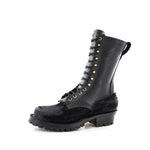
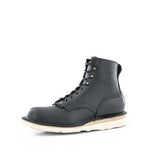
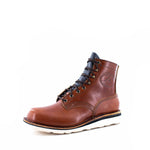

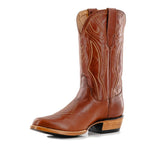
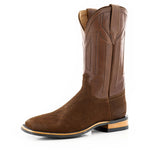
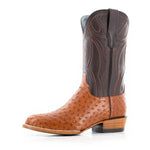


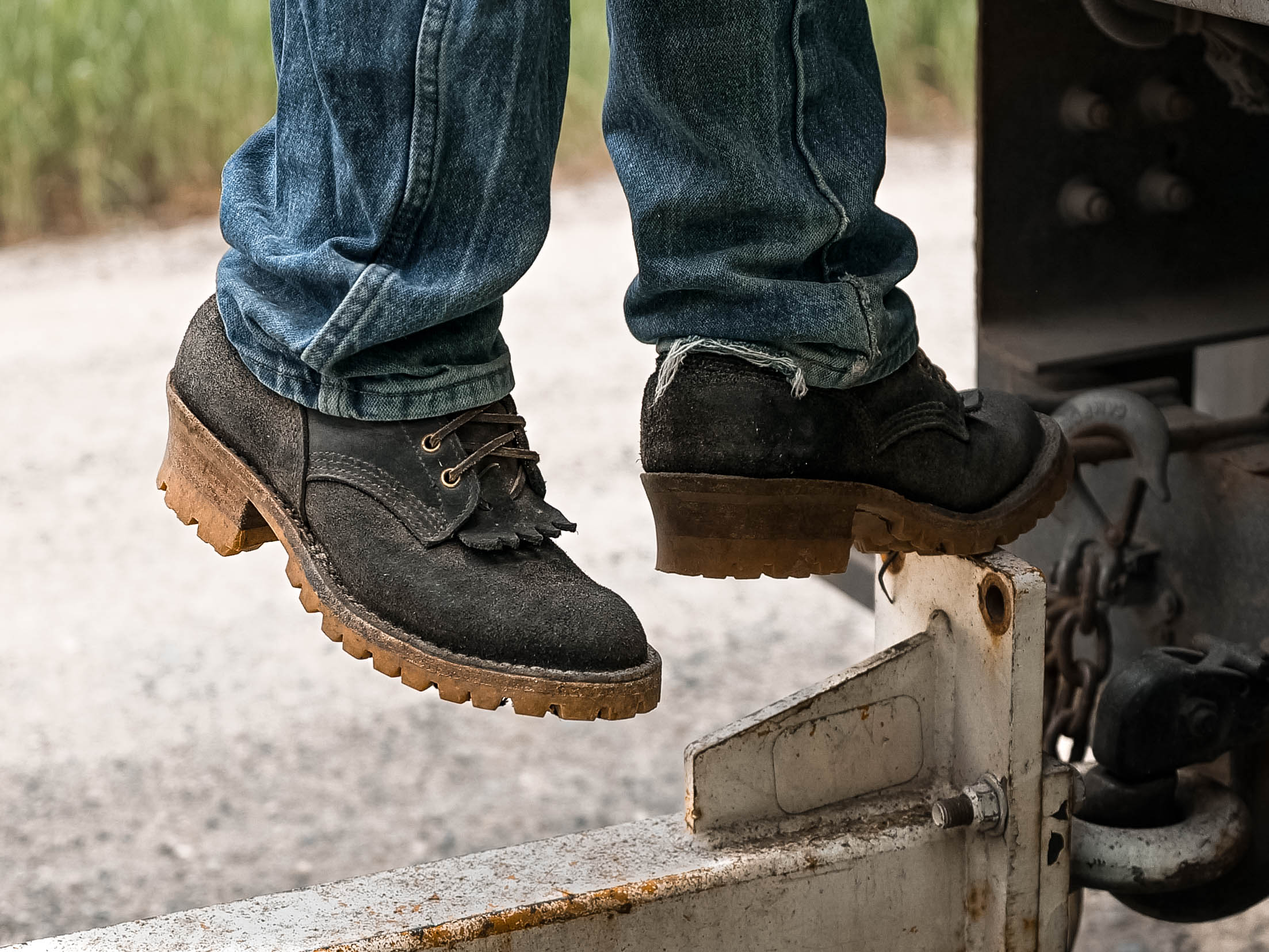
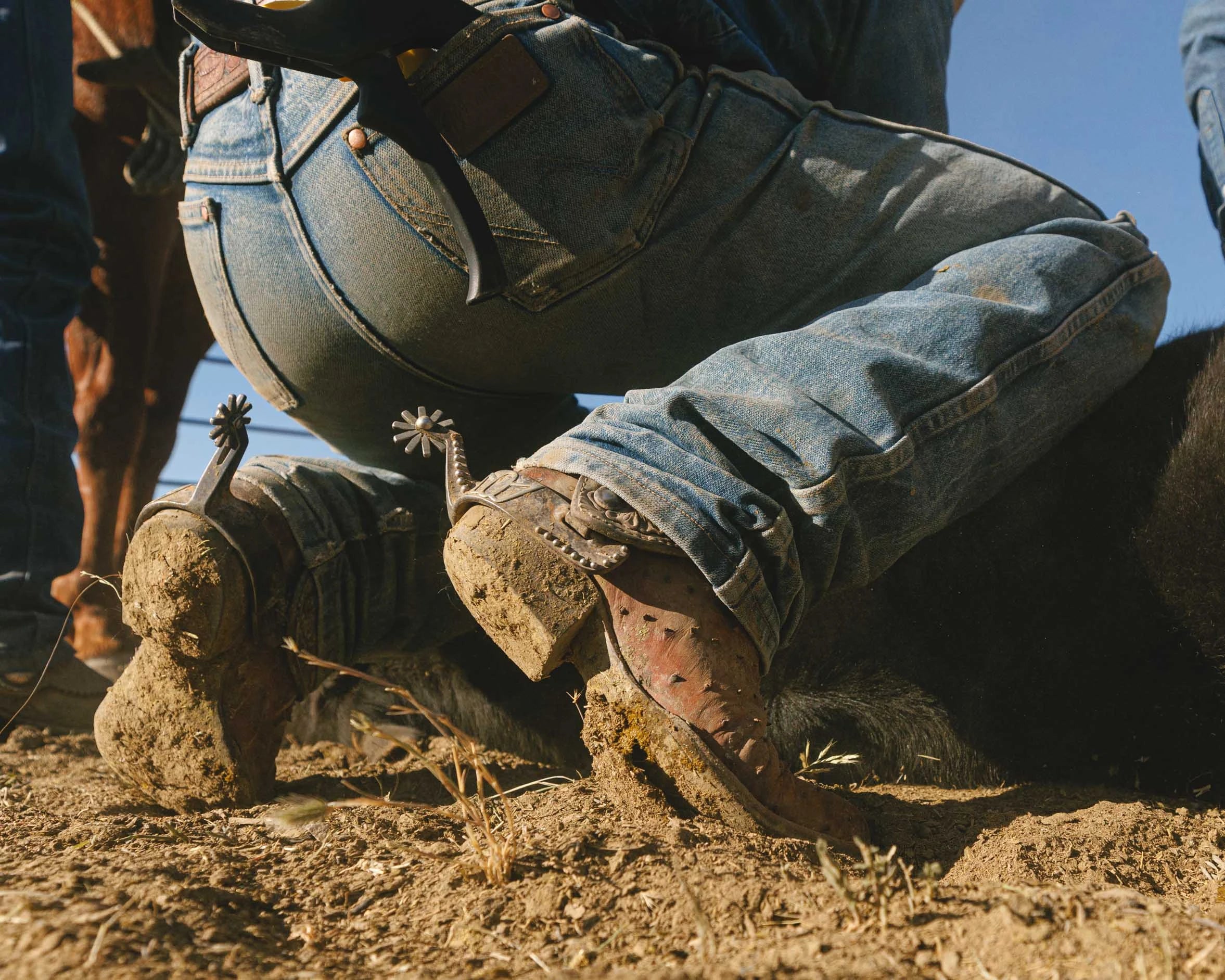
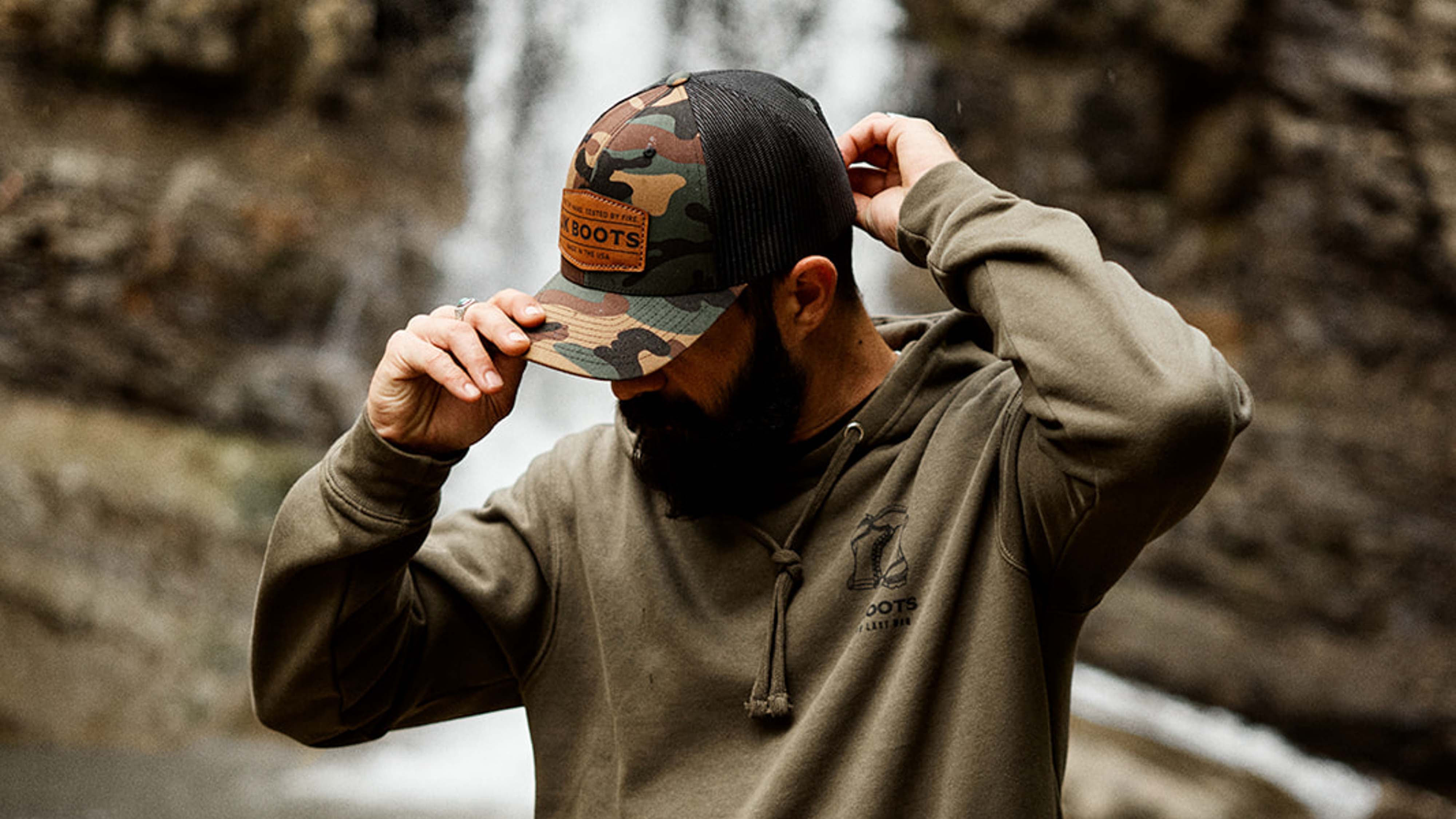
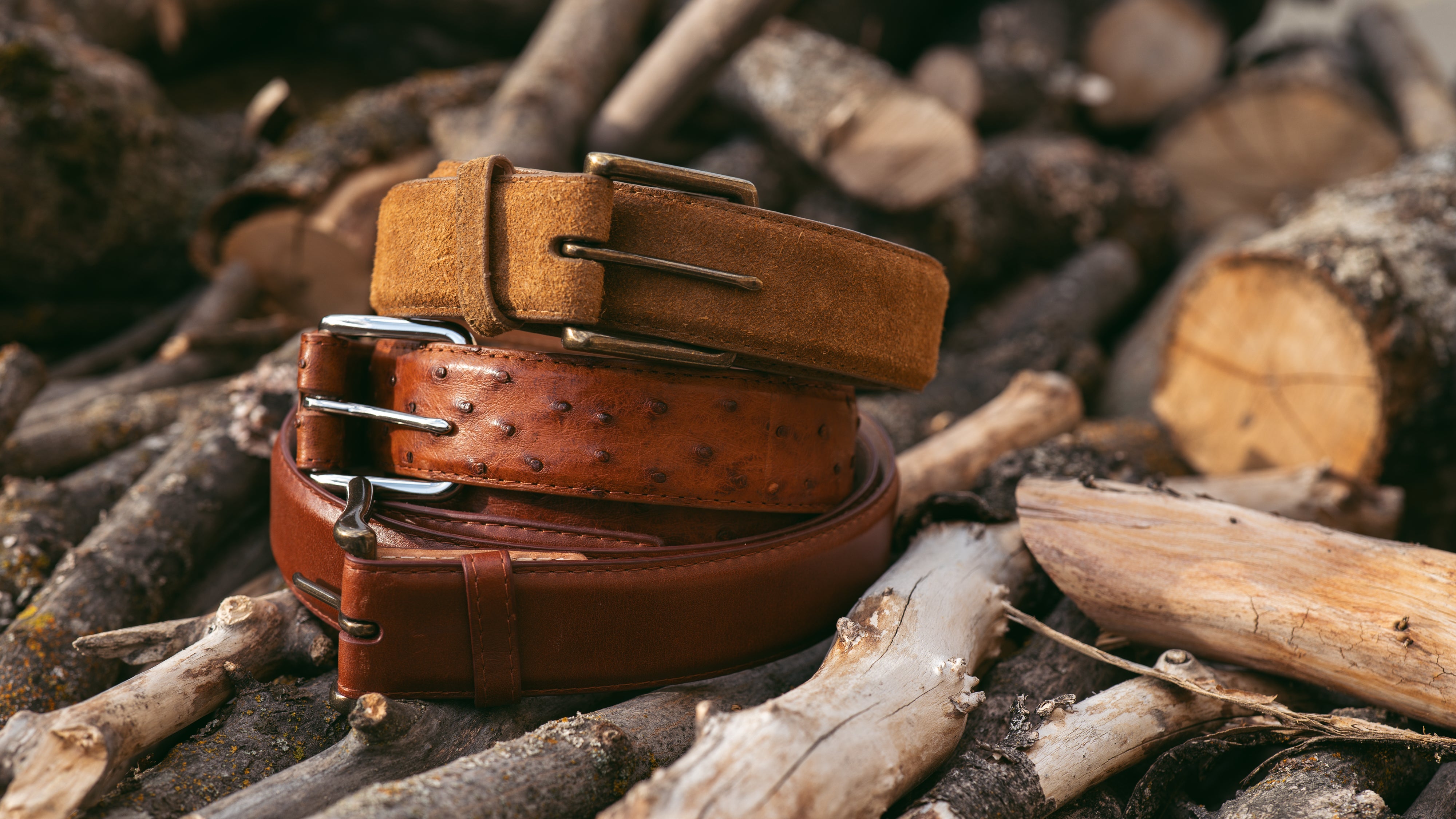
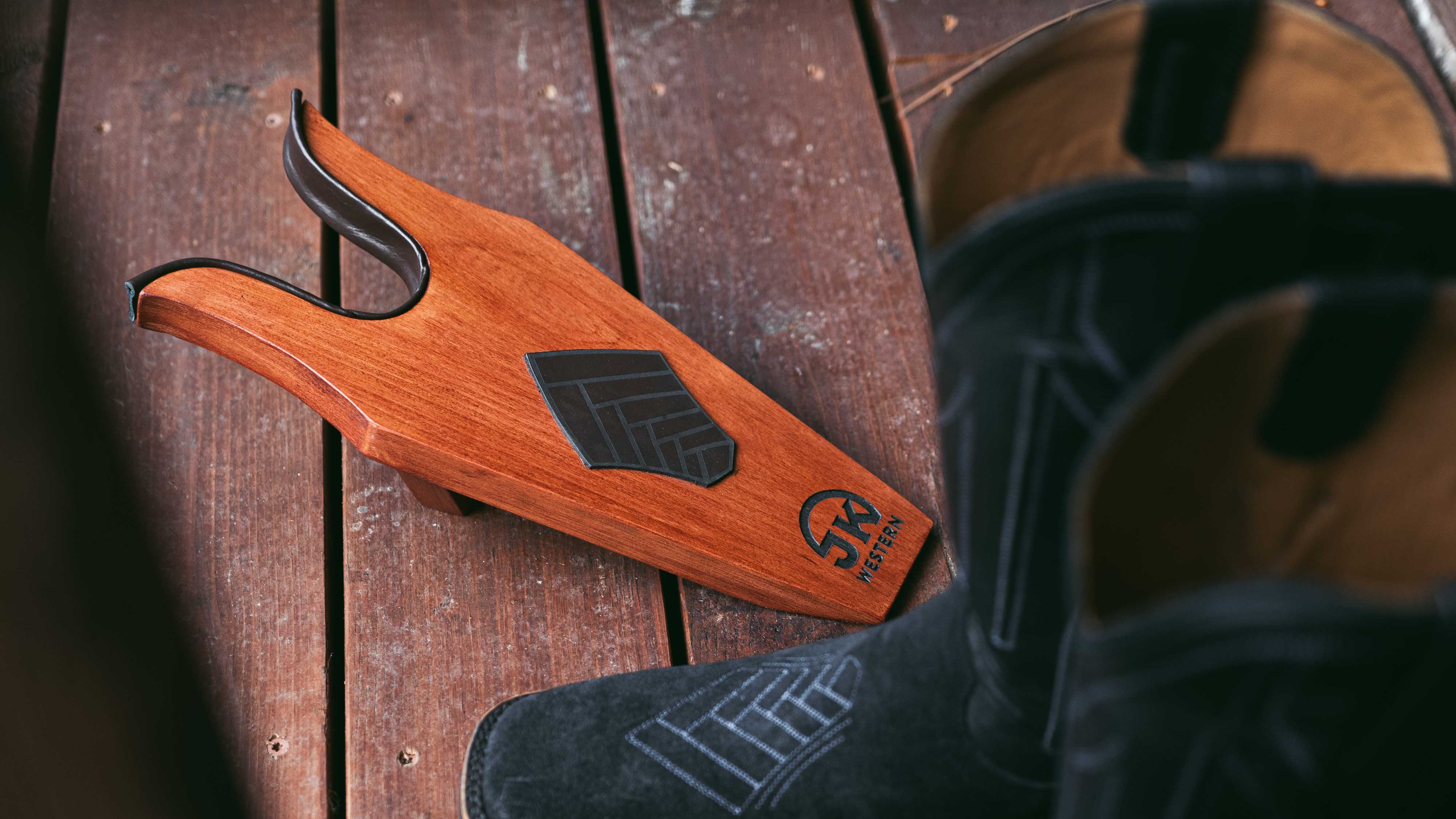
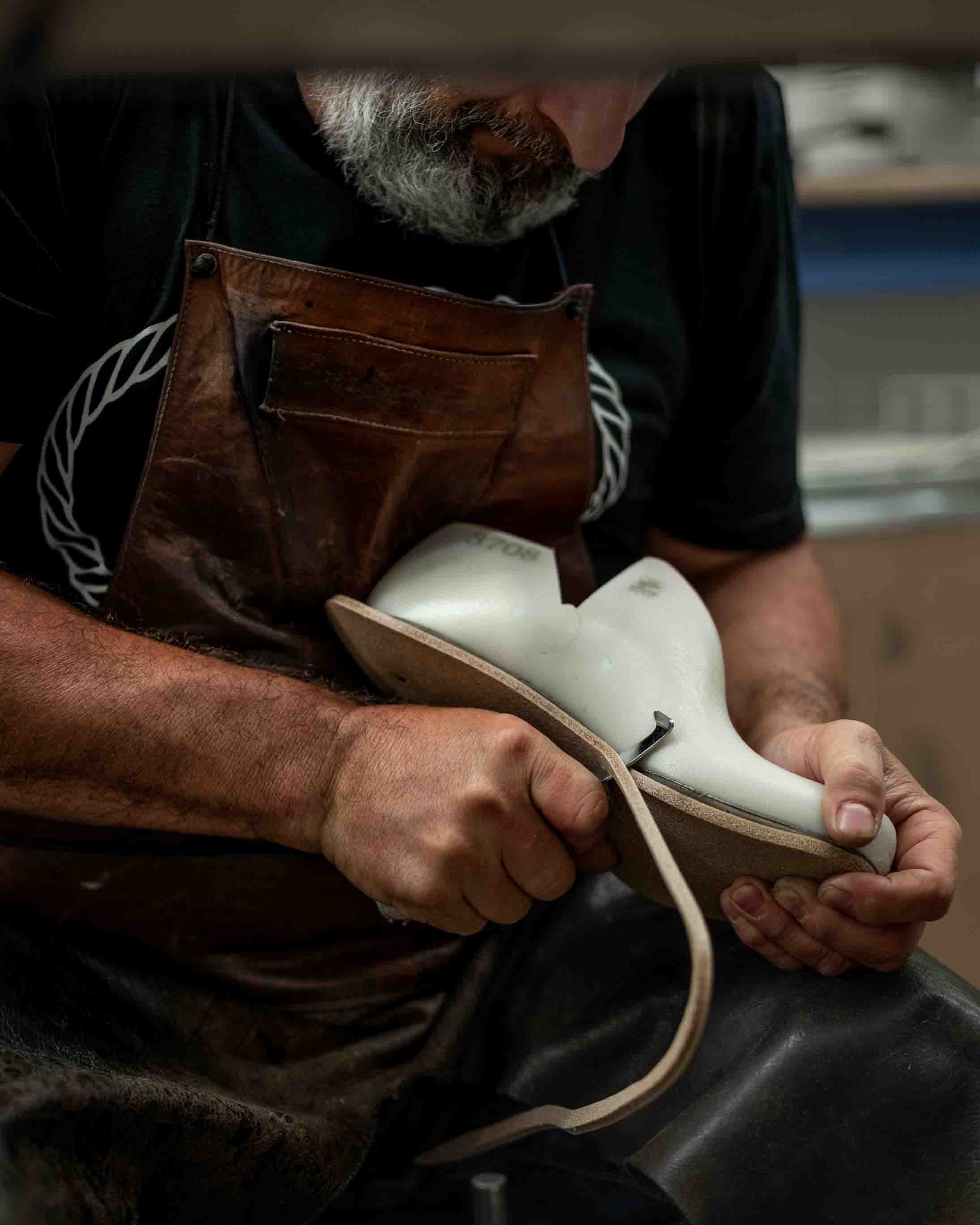

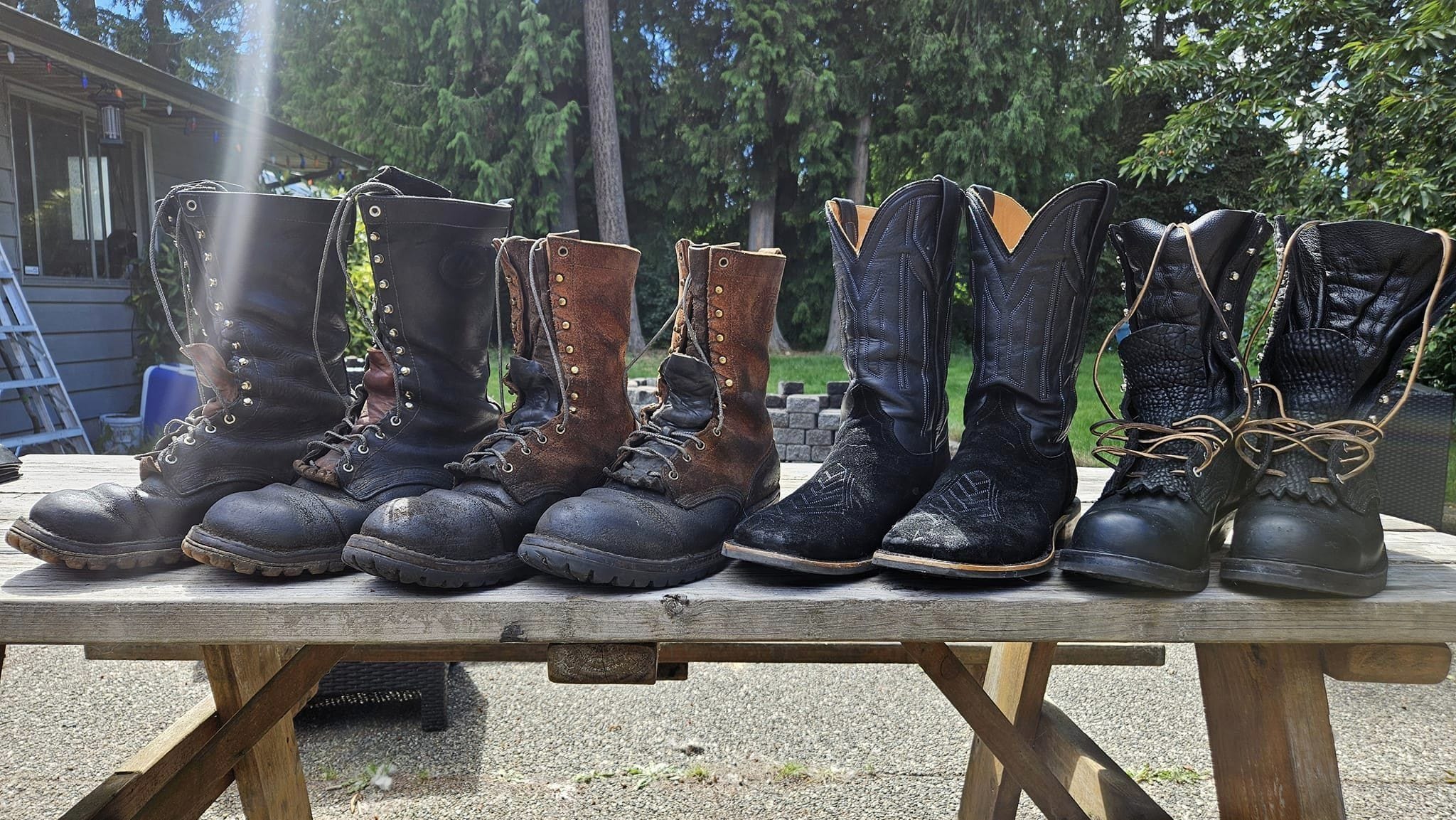
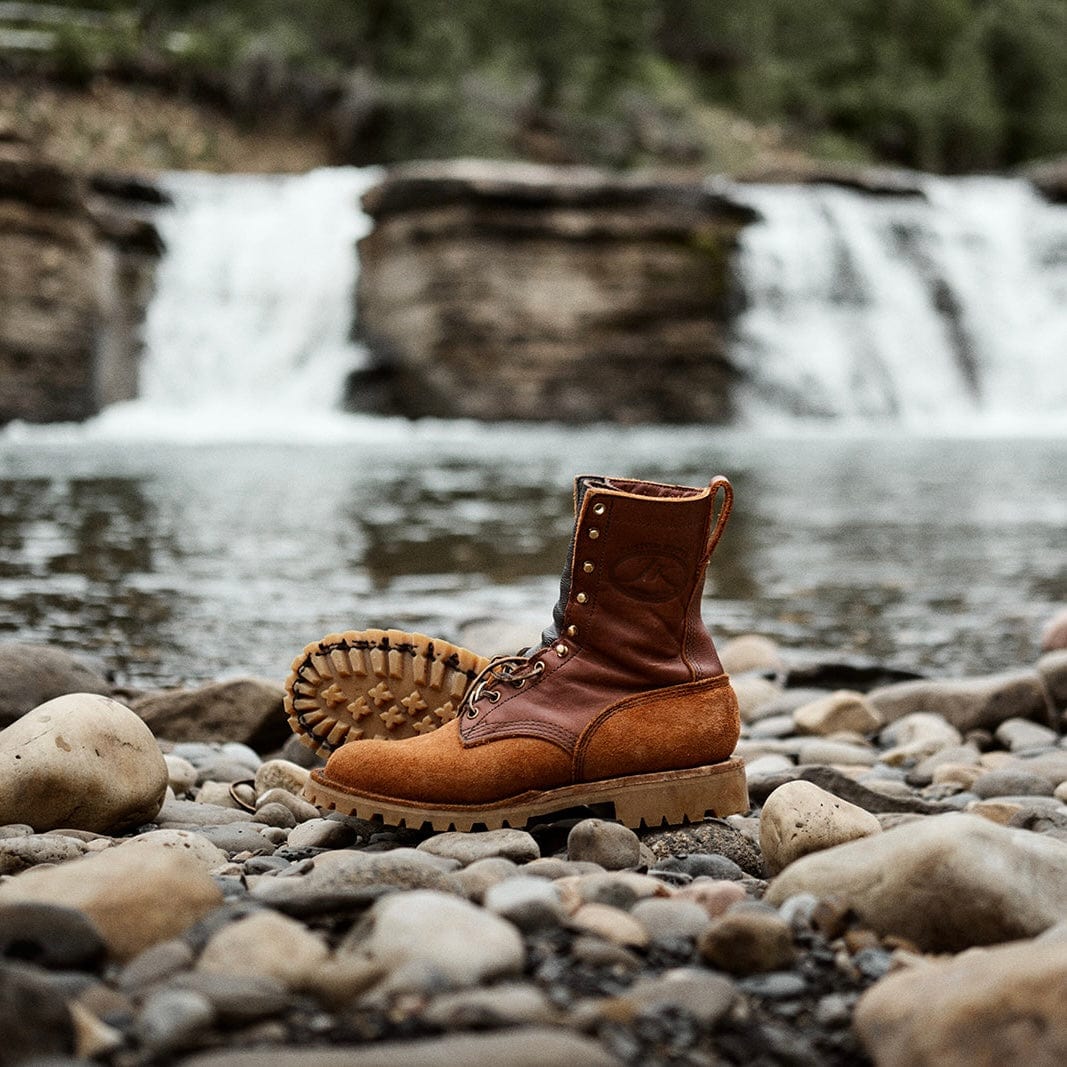
My JK 12 inch super duties rock. Best boots ever
Leave a comment